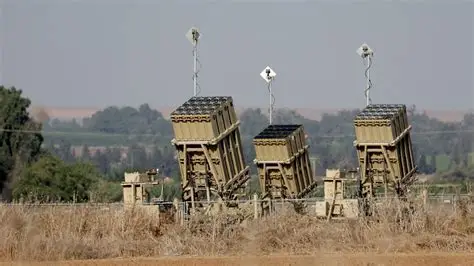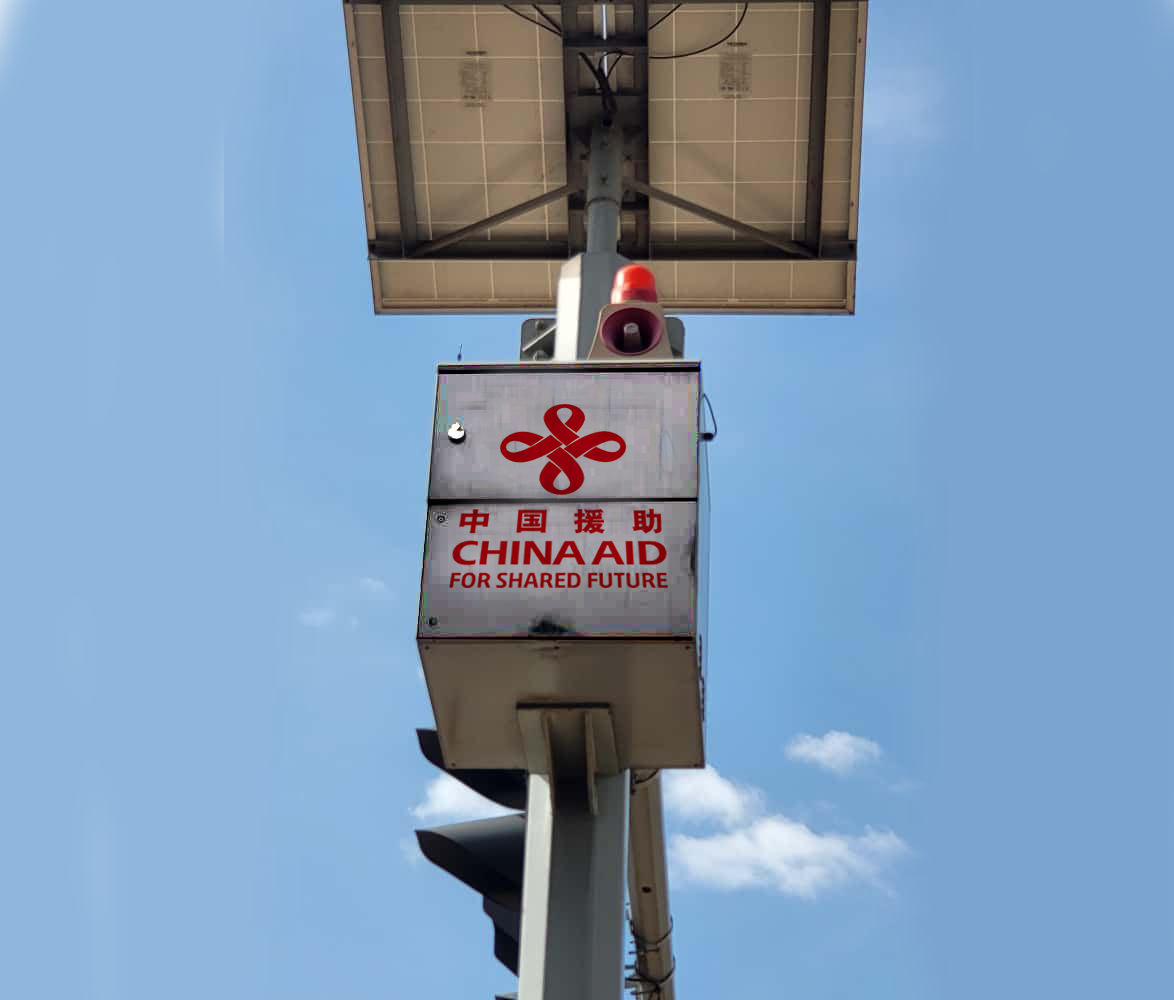I remember the morning of October 7, 2023, as if it were yesterday. It was a regular Saturday, but also a Jewish Sabbath and a day of feast celebration in Israel, when friends and families were out at concerts, picnics, and gatherings. Then, the breaking news began to roll in. Without warning, rockets rained down from Gaza. Militants broke through the border, some even arriving by gliders. In a few short hours, towns and kibbutzim in southern Israel were turned into a war front. Kfar Aza, Be’eri, and other communities were attacked with a cruelty that defied reasoning. More than a thousand people were killed that day, and hundreds were taken away as hostages. It was not the usual border skirmish. It was a deliberate, calculated assault that struck at the heart of holidaying civilian life. It happened in living rooms, bedrooms, and on streets where children were playing. It was war on a day of rest, war that mocked faith, war that made the world pause in disbelief.
For Israel, that day changed everything. It stripped away the illusion of safety that the country had built for decades. The government declared war almost immediately, but the shock lingered longer than the sound of the sirens. I watched footage of survivors walking through burned-out homes, faces blank with grief, unable to process what had just happened.
Later, Israeli officials admitted that their security and intelligence systems had failed. Some resigned in shame. The country that prided itself on being ever-vigilant had been blindsided. How could a nation that lives in constant alertness have been caught so unprepared? How did one of the most technologically advanced defence networks in the world miss the signs? For years, Israel’s intelligence apparatus was considered impenetrable. Its Iron Dome intercepted rockets with mathematical precision. Its cyber units were feared across continents. But October 7 exposed the limits of even the most sophisticated systems when human intuition is dulled by digital confidence.
The human stories were unbearable. In Netiv HaAsara, militants descended before dawn. Some residents hid in safe rooms, and others tried to fight back. Families were slaughtered where they stood. In Kfar Aza, entire homes were burned with people inside. Even migrant workers from Thailand and Nepal were caught up in the horror, killed in the fields where they laboured. The attack blurred every line between civilian and combatant, between battlefield and bedroom.
Everywhere I turned that week, the same images appeared: fear, smoke, and devastation. The world watched in shock. Yet what surprised me most was not the attack itself but how quickly the world began to fracture in its response. The United Nations met to condemn the massacre, but the General Assembly could not resolve. Over a thousand people had been brutally murdered, and still, the world hesitated to call it what it was. Global diplomacy faltered at the one moment it should have spoken with moral clarity.
On social media, the divide was even more disturbing. Timelines became trenches. Algorithms rewarded outrage and punished empathy. Videos of atrocities were shared with glee or disbelief, depending on who posted them. In some of my own WhatsApp groups, people forwarded clips of Gazans celebrating, dancing in the streets. I was stunned. I could not understand how anyone could rejoice at such carnage. It reminded me of the bitter excitement that swept through parts of the world when the Twin Towers fell in 2001.
The war of narratives online soon overshadowed the reality on the ground. Hashtags replaced humanity. Deepfakes and doctored videos blurred truth and lies until it was hard to tell which side was being honest. What began as a tragedy quickly became a digital contest for sympathy, with truth itself becoming another casualty of war.
“On social media, the divide was even more disturbing. Timelines became trenches. Algorithms rewarded outrage and punished empathy. Videos of atrocities were shared with glee or disbelief, depending on who posted them. In some of my own WhatsApp groups, people forwarded clips of Gazans celebrating, dancing in the streets. I was stunned.”
To hate is easy. To examine the roots of hate is much harder. Hatred does not spring up overnight. It grows in the soil of history, watered by pain, loss, and humiliation. Israel is hated in many parts of the world, not only for its power but for what that power represents to the dispossessed. For Palestinians, Israel is a wall, a checkpoint, a blockade. It is a reminder of promises broken and dreams denied. Yet hatred has its own poison. It turns victims into monsters. It blinds the oppressed until they can no longer see their own reflection in the suffering of others.
I saw the people of Gaza dancing that day, waving flags, their faces lit with triumph. But I also saw them later, walking among ruins, searching for loved ones under the rubble. I saw their children in hospitals without power, their homes reduced to ash. Gaza became a graveyard of grief. In trying to avenge their pain, they only multiplied it.
The memory of October 7 took me back to September 11, 2001. I remember the day the Twin Towers fell. I was in Lagos then. Newspaper vendors were shouting the headlines before dusk. The Daily Independent printed a special evening edition just to capture the breaking news. The world was stunned, but amid the horror, some celebrated. That was my first real lesson in how far hatred can spread when it finds a cause to hide behind.
October 7 is Israel’s own 9/11. It is the day the country lost its sense of certainty. It is also the day the world lost a little more of its moral compass. Watching how divided the reactions were, I realised that truth itself had become negotiable. Everyone had a justification, everyone had a narrative, but very few seemed to have empathy.
Two years have passed, and the war that began that day still burns. Gaza is in ruins. Tens of thousands are dead. Families are scattered. Hostages remain unaccounted for. Israel continues to fight, and the international community continues to argue. Resolutions are passed and ignored. Ceasefires are declared and broken. Amid it all, human lives continue to be lost.
Technology continues to play its paradoxical role. Artificial intelligence now predicts troop movements and analyses satellite imagery, yet it cannot measure grief. Drones deliver both aid and death. Social media amplifies both compassion and cruelty. We live in an age where information travels faster than empathy.
I have often asked myself what lesson can be drawn from it all. Perhaps it is that peace cannot be built on revenge, and justice cannot thrive where hatred rules. Civilians are not collateral damage. They are the reason nations exist in the first place. Every child killed, every home destroyed, every mother who buries her son makes the future darker for both sides.
As I think about that day two years later, I pray that the cries of those who died still echo loudly enough to awaken everyone’s conscience. I pray that someday, both Israelis and Palestinians will learn that no victory built on death can endure. And I pray that the world will find the courage to choose peace, not as a slogan, but as a way of survival.















